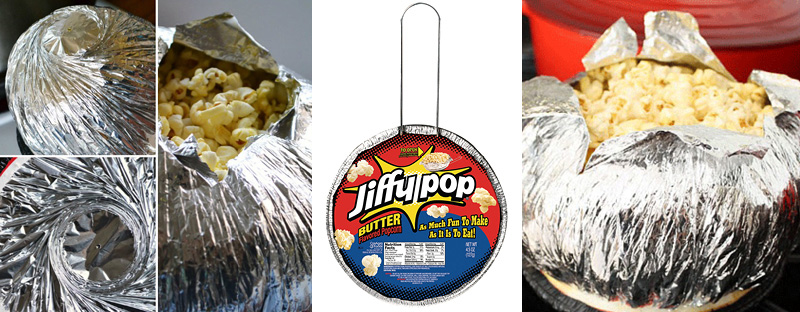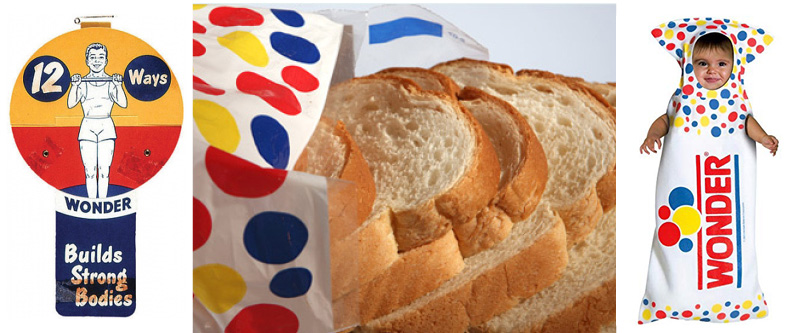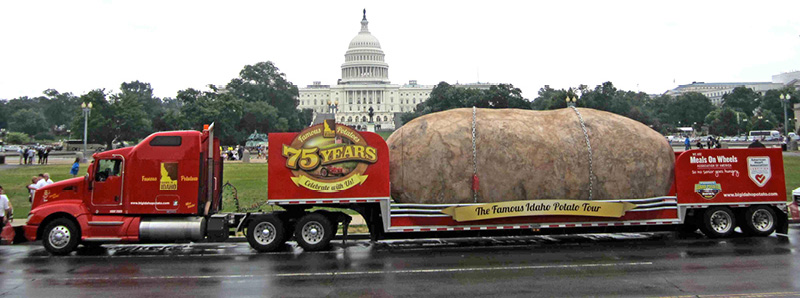Ding Dong

It’s my favorite time of year! Girl Scout Cookie time. Time to stock-up. It’s for a good cause And they’re just plain GOOD!! You’ll see them at the grocery store, malls, and more. These kids seem to really have fun competing with other troops for prizes and funding for their projects, trips and patches for their vests and sashes. That third image from the bottom features some interesting patches, including the coveted Kowalski Heat Treating patch.
It’s so seldom these days that the doorbell rings at the house. When it does, I’m wondering if my latest on line purchase has arrived or if it’s someone canvasing the neighborhood for the latest social injustice signature or a young person selling a different cable provider. I was quite surprised recently, and delighted, when I opened the door and found two adorable Girl Scouts, in uniform, politely asking me if I’d like to buy some cookies. (Let’s be honest, how can I possibly say no… given my love for food and love for cookies) Inside I had to laugh – “you’re asking “me” if I’d like some delicious food? I of course said “sure”, followed by completing my name and address … but then the tough part – which ones to buy??? Do si dos. Peanut butter, Chocolate, Shortbread, Thin Mints (yep, I dance when I eat these – my favorites next to the peanut butter ones!) I would love to tell you that I just said “give me one of each please”, but it doesn’t work that way for me. After too many picks, I unloaded my wallet and thanked the girls for their efforts, as their bright eyes and smiles brought instant flashback to when my girls were in Brownies. My girls would go out and canvas the neighborhood and after coming home they would compare their results – from there they would then call their various aunts and uncles of which there are many! They soon learned that the uncles invariably bought more! I sat back in my chair to reflect on such a wonderful tradition. So, I jumped online and found some history on the Girl Scout cookies, recipes, and a few fun facts. For more than 100 years, Girl Scouts and their enthusiastic supporters have helped ensure the success of the iconic annual cookie sale—filled with challenge and fun while developing valuable life skills and making their communities a better place every step of the way. Enjoy! And thanks to girlscouts.org for the info.
– Girl Scout Cookies had their earliest beginnings in 1910 in the kitchens and ovens of girl members, with moms volunteering as technical advisers, preserving fruits and vegetables in response to food shortages The sale of cookies as a way to finance troop activities beginning as early as 1917, five years after Juliette Gordon Low started Girl Scouts in the United States, when the Mistletoe Troop in Muskogee, Oklahoma, baked cookies and sold them in its high school cafeteria as a service project.
– In July 1922, The American Girl magazine, published by Girl Scouts of the USA, featured an article by Florence E. Neil, a local director in Chicago, Illinois. Miss Neil provided a cookie recipe that had been given to the council’s 2,000 Girl Scouts. She estimated the approximate cost of ingredients for six- to seven-dozen cookies to be 26 to 36 cents. The cookies, she suggested, could be sold by troops for 25 or 30 cents per dozen. Throughout the decade, Girl Scouts in different parts of the country continued to bake their own simple sugar cookies with their mothers and with help from the community. These cookies were packaged in wax paper bags, sealed with a sticker, and sold door to door for 25 to 35 cents per dozen. Check out the Original Girl Scout Cookie Recipe from 1922 HERE.
– In 1933, Girl Scouts of Greater Philadelphia Council baked cookies and sold them in the city’s gas and electric company windows. The price was just 23 cents per box of 44 cookies, or six boxes for $1.24! Girls developed their marketing and business skills and raised funds for their local Girl Scout council. A year later, Greater Philadelphia took cookie sales to the next level, becoming the first council to sell commercially baked cookies in a box. In 1935, the Girl Scout Federation of Greater New York raised money through the sale of commercially baked cookies. Buying its own die in the shape of a trefoil, the group used the words “Girl Scout Cookies” on the box. In 1936, the national Girl Scout organization began the process of licensing the first commercial bakers to produce cookies that would be sold nationwide by girls in Girl Scout councils. By 1937, more than 125 Girl Scout councils reported holding cookie sales.
– In the 40’s, Girl Scout Cookies were sold by local councils around the country until World War II, when sugar, flour, and butter shortages led Girl Scouts to pivot, selling the first Girl Scout calendars in 1944 as an alternative to raise money for activities. After the war, cookie sales increased, and by 1948, a total of 29 bakers were licensed to bake Girl Scout Cookies.
– In 1951, Girl Scout Cookies came in three varieties: Sandwich, Shortbread, and Chocolate Mints. With the advent of the suburbs, girls at tables in shopping malls began selling Girl Scout Cookies. Five years later, flavors had evolved. Girl Scouts sold four basic types of cookies: a vanilla-based filled cookie, a chocolate-based filled one, shortbread, and a chocolate mint.
– During the 1960s, when Baby Boomers expanded Girl Scout membership, cookie sales increased significantly. Fourteen licensed bakers were mixing batter for thousands upon thousands of Girl Scout Cookies annually. And those bakers began wrapping Girl Scout Cookie boxes in printed aluminum foil or cellophane to protect the cookies and preserve their freshness. By 1966, a number of varieties were available. Among the best sellers were Chocolate Mint (now known as Thin Mints), Shortbread, and Peanut Butter Sandwich cookies.
– In 1978, the number of bakers was streamlined to four to ensure lower prices and uniform quality, packaging, and distribution. For the first time in history, all cookie boxes—regardless of the baker—featured the same designs and depicted scenes of Girl Scouts in action, including hiking and canoeing. And in 1979, the brand-new, Saul Bass–created Girl Scout logo appeared on cookie boxes, which became even more creative and began promoting the benefits of Girl Scouting.
– In 1982, four bakers still produced a maximum of seven varieties of cookies—three mandatory (Thin Mint®, Peanut Butter Sandwich/Do-si-dos®, and Shortbread/Trefoils®) and four optional. Cookie boxes continued to depict scenes of Girl Scouts in action.
– In the early 1990’s two licensed bakers supplied local Girl Scout councils with cookies for girls to sell, and by 1998, this number had grown again to three. Eight cookie varieties were available, including low-fat and sugar-free selections.
– Early in the twenty-first century, every Girl Scout Cookie had a mission. New cookie box designs, introduced in fall of 2000, were bold and bright, capturing the spirit of Girl Scouting. Two licensed bakers produced a maximum of eight varieties, including three that were mandatory (Thin Mints®, Peanut Butter Sandwich/Do-si-dos®, and Shortbread/Trefoils®). All cookies were kosher. And, much to the excitement of our youngest Girl Scouts, Daisies started selling cookies!
– With the announcement of National Girl Scout Cookie Weekend and the introduction of the very first gluten-free Girl Scout Cookie, the decade was off to a big start.
– Ever since Girl Scouts first published the recipe for s’mores in 1925, the tasty campfire treat has been an iconic part of camping in the outdoors. In 2017, s’mores became the inspiration for a highly popular new cookie variety. Who can forget the amazing moment in 2016 when Girl Scouts took the stage at the Academy Awards to sell cookies to Hollywood’s A-list? It was a stellar beginning to the nationwide celebration of the 100th Anniversary of Girl Scouts selling cookies.
– In 2020, the already iconic cookies reached a new level of awesome with incredible, brand-new packaging that puts goal-crushing Girl Scout Cookie entrepreneurs front and center and also showcases all of the amazing things girls learn and do through the Girl Scout Cookie Program and as Girl Scouts.
– It’s estimated annual cookie sales now reach over $750 million per year. In 2011, thin mints account for $175 million of the profits. It could be the glorious mix between chocolate and mint, or maybe it’s because they have the most cookies per box. The next popular cookies, in order of profitability, are Samoas, Tagalongs, Do-si-dos and Savannahs and Trefoils.
Find your favorite recipe HERE.
And watch a little “Doorbell Comedy” HERE!!!
::::::::::::::::::::::::::::::::::::::::::::::::::::::::::::::::::::::::::::::::::::::::::
DO YOU LIKE CONTESTS?
Me, too.
As you may know the Kowalski Heat Treating logo finds its way into the visuals of my Friday posts.
I. Love. My. Logo.
One week there could be three logos. The next week there could be 15 logos. And sometimes the logo is very small or just a partial logo showing. But there are always logos in some of the pictures.
So, I challenge you, my beloved readers, to count them and send me a quick email with the total number of logos in the Friday post. On the following Tuesday I’ll pick a winner from the correct answers and send that lucky person some great KHT swag.
So, start counting and good luck! Oh, and the logos at the very top header don’t count. Just in the pictures area. Got it? Good. :-)))) Have fun!!
::::::::::::::::::::::::::::::::::::::::::::::::::::::::::::::::::::::::::::::::::::::::::




















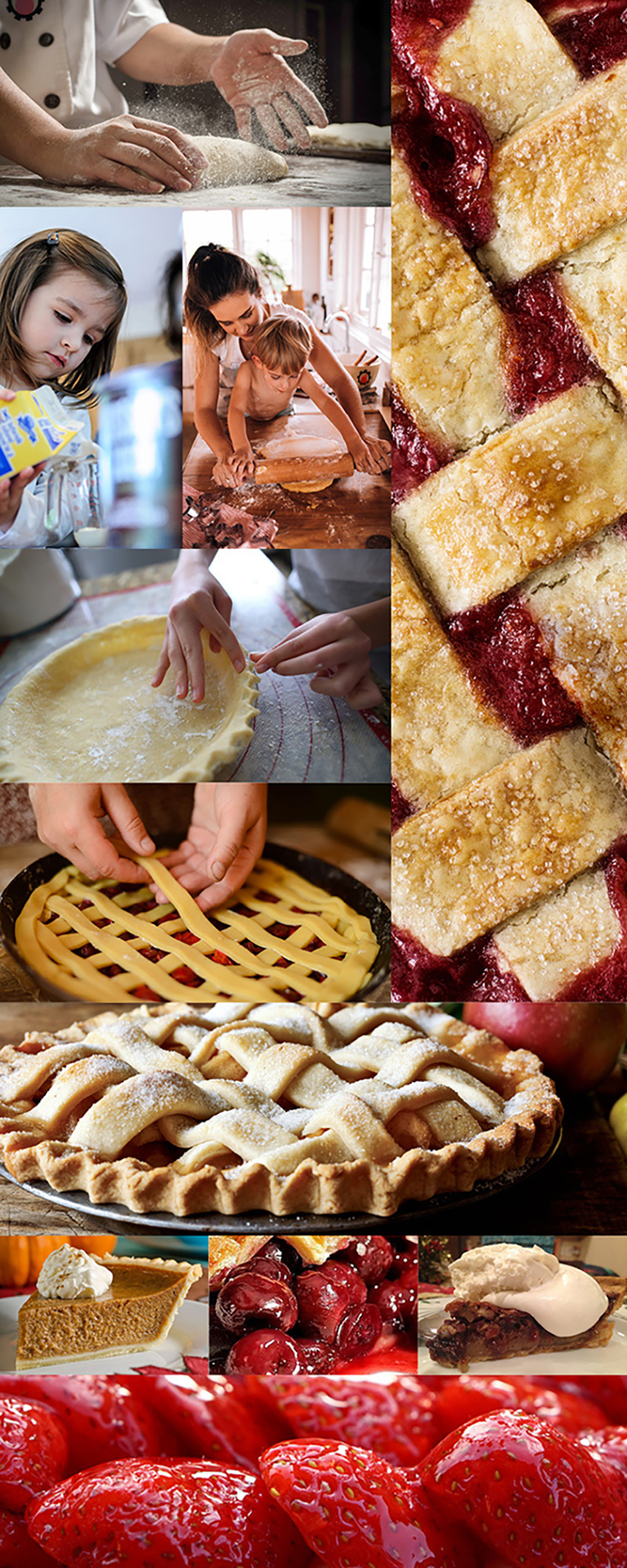


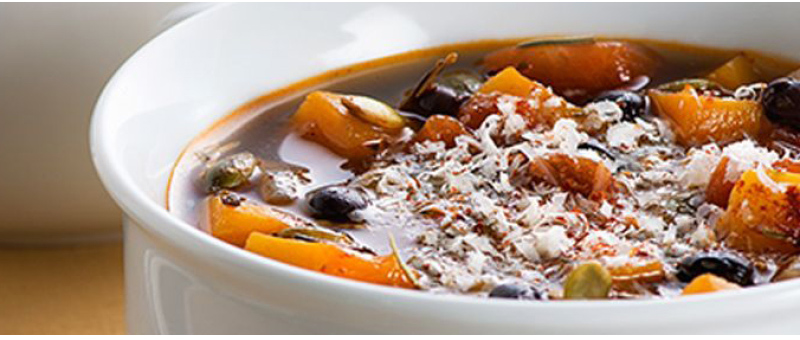
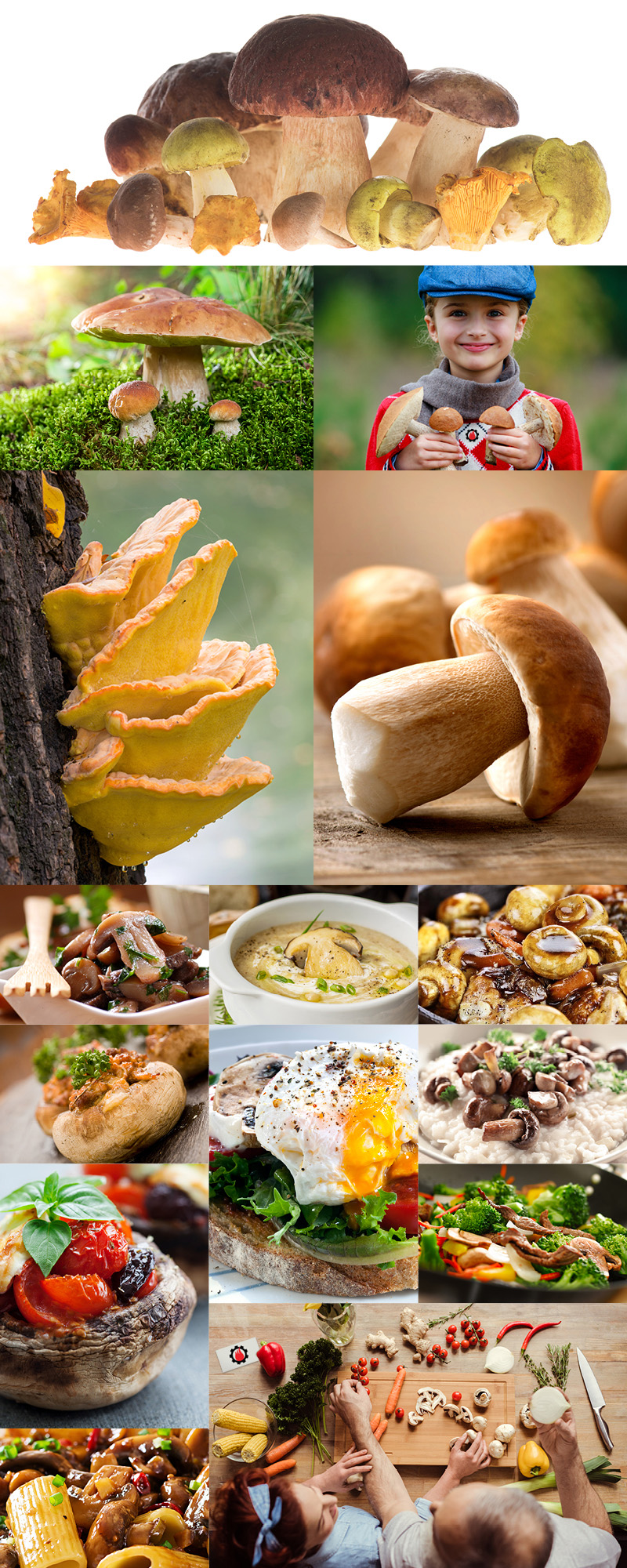 Fungi. Beautiful fungi. Search them out in the woods or in the grocery store and make some incredible dishes. A few starter recipes below.
Fungi. Beautiful fungi. Search them out in the woods or in the grocery store and make some incredible dishes. A few starter recipes below.













